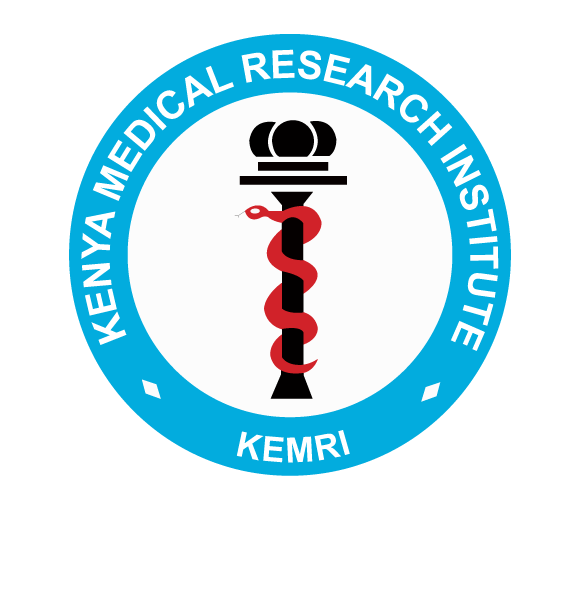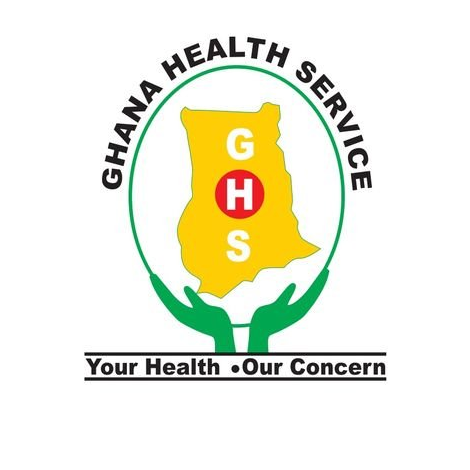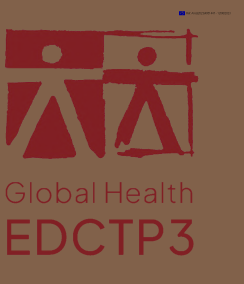A unique approach to helminthiasis treatment
Unleashing the power of combination
Five species, two drugs, one pill
An affordable and efficient tool to control infection
Our approach at STOP2030 is to combine two existing drugs into a single tablet that allows a more efficient and affordable treatment of helminthic infections. These two compounds are albendazole and ivermectin, both anthelmintics already licensed and widely used around the world. Their mechanisms of action are different, resulting in a broader efficacy and minimising the risk of resistance. This fixed-dose coformulation has been proven safe and effective in our previous clinical trials and is in the last stages of development before regulatory approval.
Ivermectin

Albendazole
Starting in July 2023
From Africa and Europe
In funding by Global Health EDCTP
In funding by the Swiss Government
The objectives that drive us forward
Our project’s goals
All STOP projects were created with the same purpose: to advance and accelerate an innovative pharmacological tool to support the elimination goals against STH species, especially those that respond poorly to current treatment regimens. After our trajectory in the previous years, the development of our fixed-dose coformulation (FDC) has advanced to the point of reaching phase IV clinical testing in this last STOP2030 project.
Our goal is to support the achievement of the WHO 2030 Neglected Tropical Diseases Roadmap for Soil-Transmitted Helminths (STH) and beyond.
Next steps of STOP2030
Already accomplished milestones
Qualification of the FDC at EU_M4All (previously known as article 58)
Proved safety of ivermectin of up to 600μg/kg (Matamoros et al, 2021 and Navarro et al, 2020)
Kick-off of the STOP2030 project
Visit to Ghana’s study site
Entered in EMA for registration
Approval of the Formative Study of Acceptability, Feasibility and Adherence by the Ethics Committee of the Ghana Health Services
Publication of the REALISE trial protocol in clinicaltrials.gov and PACTR (id: PACTR202402529220760)
Going beyond science
Research towards implementation
The development of a new drug is not enough to stop soil-transmitted helminths (STH). Other considerations like ensuring affordable pricing, sustainable financing, and planning the best implementation strategy with key stakeholders are essential for long-term success. In order to make the new treatment a real option, including for the poorest and most neglected communities, we also prepare the regulatory and supply pathways for implementation.
A coformulation of ivermectin and albendazole was already recognised as the option with the lowest level of investment risk of all candidates according to experts in the field (Gates Foundation 2016). Now by engaging policy and decision-makers internationally and in governments, we aim to support the future use of this new treatment and make real strides to control the unbearable burden of intestinal worms.
Filling the gap in the administration
A new approach to reach international objectives
Previous strategies have been insufficient to reach the World Health Organisation’s objectives in STH control. In their latest roadmap for 2030, they aim to achieve and maintain elimination of STH-associated morbidity in children (<2% prevalence). Given the concerns in current control strategies using benzimidazoles (albendazole or mebendazole), our new combined approach can work as a solution soon ready for scale up in countries.
Getting the most out of our work
Potential implementations beyond soil-transmitted helminths
Some of the innovations developed during our STOP projects could be of use for other neglected tropical diseases (NTDs). One example is the fixed-dose ivermectin. This formulation reduces the risk of dosing errors based on measurements by hand and removes the need for scaling materials that are often not available. These are benefits applicable to other NTDs currently treated with ivermectin, such as elephantiasis (lymphatic filariasis).








